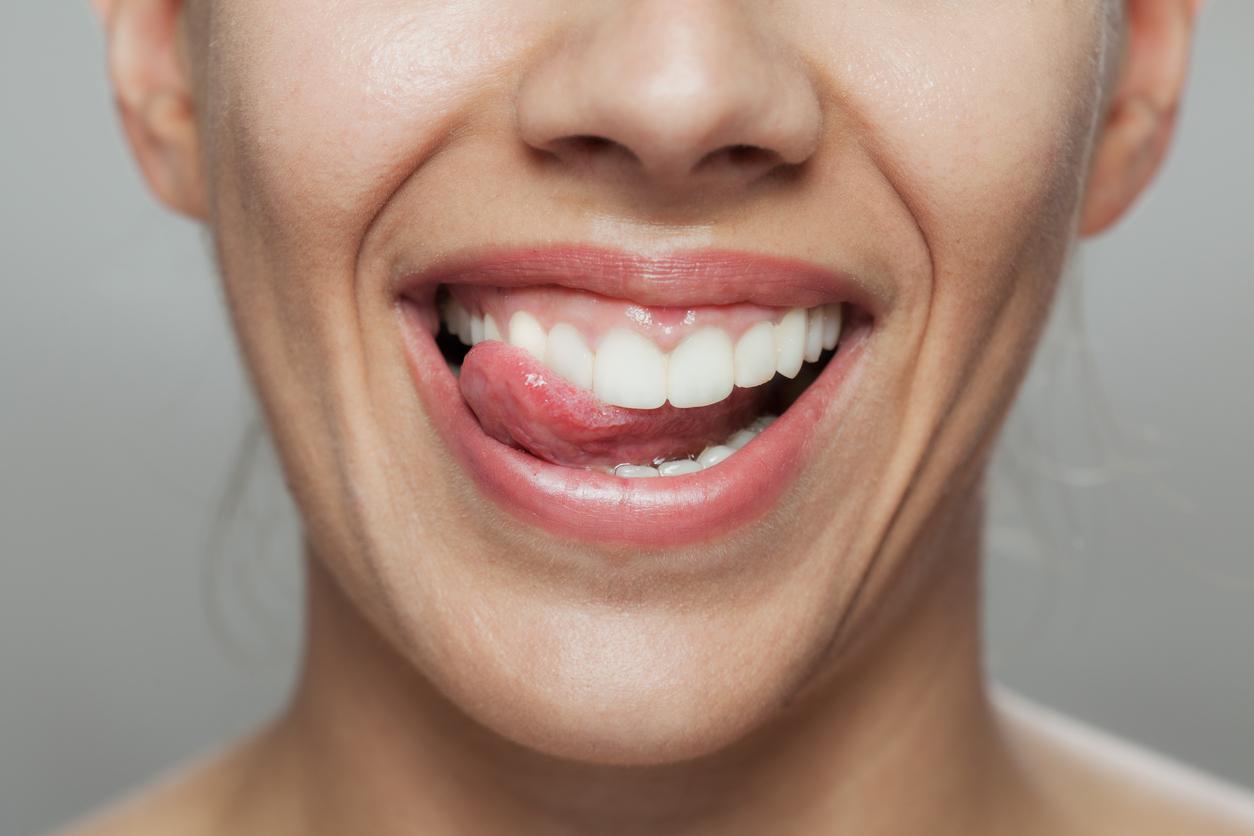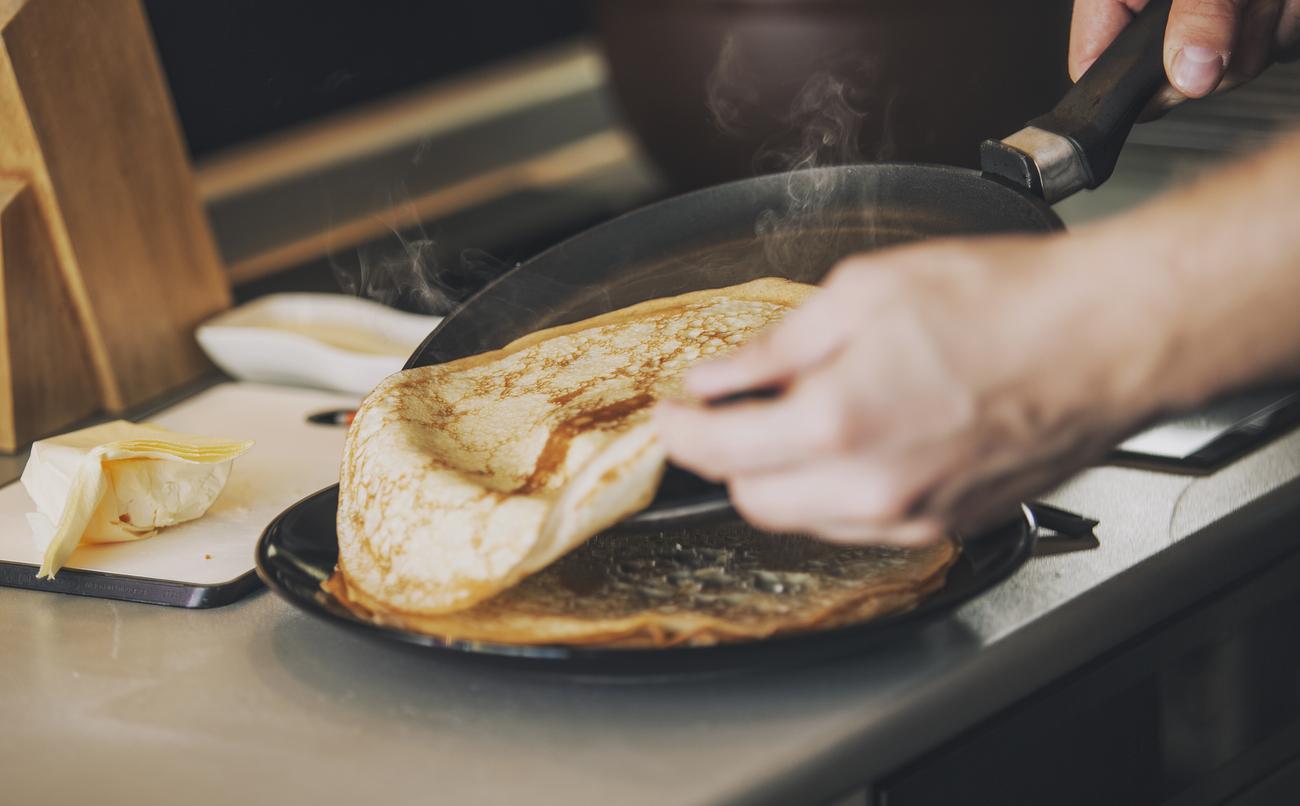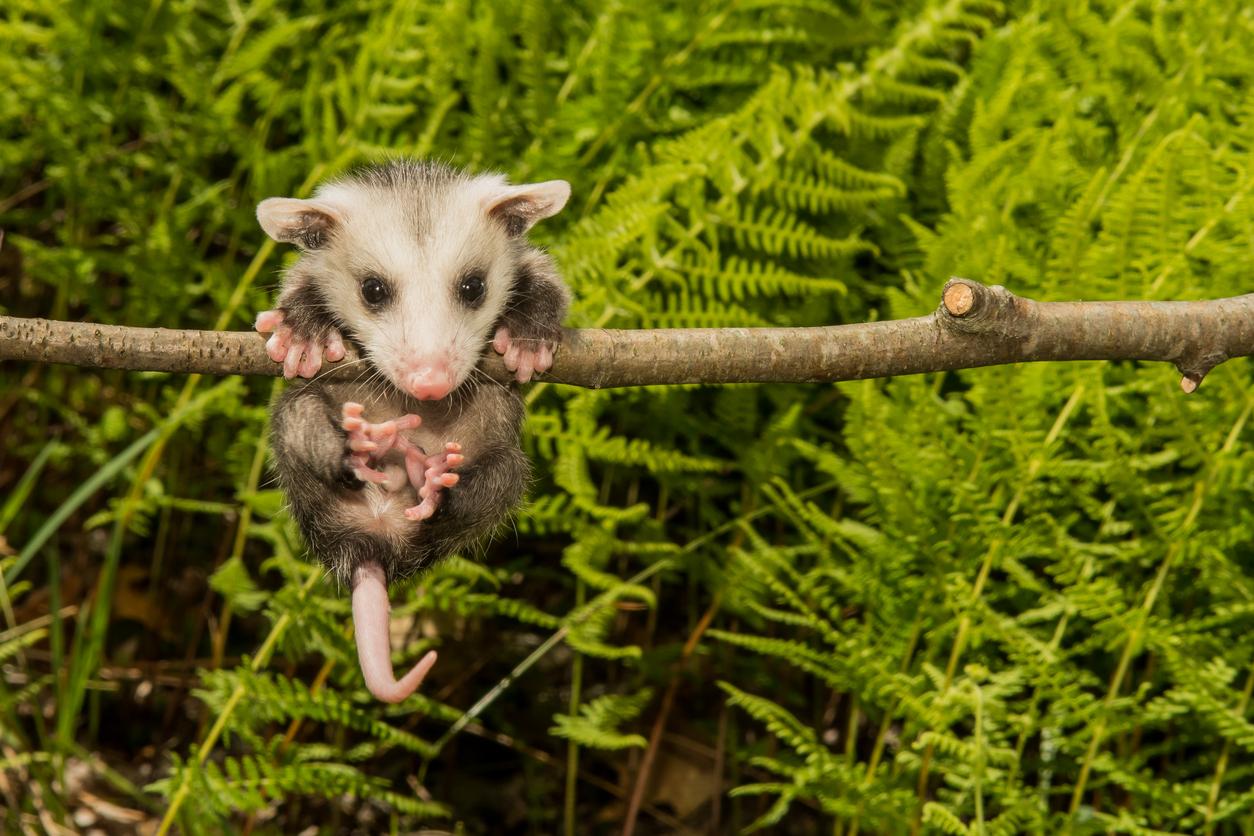Terrorist organizations have always focused on the construction of biological weapons. A threat that is growing with the rise of synthetic biology, which makes it possible to recreate pathogens in the laboratory, believe biosafety experts.

In a corner of his room, Jérémy has succeeded in building a rudimentary laboratory. On the online auction site Ebay, he bought for less than 80 euros a machine used to replicate DNA. He hijacked his mother’s pressure cooker in an autoclave to sterilize his instruments, and keeps his bacteria cultures in a mini-fridge that acts as an incubator. If this laboratory does not pay much, it still allows it to manipulate the genome of these microorganisms.
Jérémy is a biohacker, a follower of “garage biology”. But the life science student is not driven by the desire to improve the human condition, or to create an alternative to oil. No. The discreet young man has much darker motivations. Those of creating a superbug that is multi-drug resistant and extremely contagious. A biological weapon.
If this situation is pure imagination, many experts fear that this fiction will become reality. A fear fueled in particular by the intentions of the Islamic State to develop and use biological weapons. In 2014, Syrian rebels seized the abandoned computer of a jihadist who studied chemistry and physics in Tunisia. It contained a 19-page document urging terrorists to “use small grenades containing a virus and throw them in closed places like subways, football stadiums or concert halls”.
For example, he mentioned the use of the bacteria responsible for bubonic plague. “The advantage of biological weapons is that they are not expensive, for a human toll which can be enormous in terms of victims”, concluded this frightening document.
Biosecurity issues that worry all countries, and of course France. For the National Consultative Council for Biosafety (CNCB), placed under the direction of the General Secretariat for Defense and National Security, it is advances in synthetic biology that could serve bellicose intentions. At the beginning of February 2017, a report classified as “defense secret” pointed out this discipline and its ability to “recreate de novo microorganisms that already exist in nature, in particular viruses whose virulence and contagiousness could present real risks to the health security of populations. “
Because for these experts no need to invent new dangerous pathogens, nature already abounds in them. Ebola, smallpox, meningococcus, tuberculosis… All these dreadful microbes for humans could be reproduced in the laboratory. For unprotected populations, these artificial agents could wreak havoc.
Fears that do not date from yesterday
This discipline, which makes it possible to reconstitute and modify the genomes of living organisms, has been a source of concern since its inception. The first chills roamed the necks of the researchers when teams embarked on the synthesis of missing viruses. “The first completed project is the manufacture of the Spanish influenza virus of 1917 from corpses kept in the labs,” recalls Professor Michel Morange, professor of biology at the Ecole normale supérieure and at the Pierre and Marie Curie University. (Paris).
On these remains, the researchers found DNA fragments of the virus and were able to resuscitate it in a way ”. In 2002, this same team recreated a polio virus. “These experiments were carried out in official laboratories, but obviously we say that malicious people could have the same idea”, notes the French researcher.
These concerns are all the greater since synthetic biology is not the prerogative of academic institutions or biotechnology companies. This discipline has, in fact, a remarkable peculiarity: its accessibility. This is primarily financial. “Today, DNA synthesis companies sell a fragment of 4000 base pairs for 320 euros. In a bacterium, this corresponds to 4 genes ”, indicates François Képès, founder of the Institute for Systems Biology and Synthesis at the Genopole d’Evry (Essonne).
In addition, this field of life science is within the reach of bachelor’s or master’s students encouraged to participate in major international competitions, such as the iGEM competition organized by the prestigious MIT in Boston. Since 2003, hundreds of teams around the world have been competing in ingenuity to reprogram bacteria or yeasts so that they are able to produce a drug, become a diagnostic test or revolutionize agriculture.
Michel Morange, professor of biology at the Ecole normale supérieure and at the Pierre and Marie Curie University: ” These sequences can be found on banks that can be found on the internet … “
Wind of piracy
A competition that has a close relationship with the “Do it yourself biology” movement initiated by researchers, students and biology enthusiasts in 2008, again in Boston. In France, Thomas Landrain, doctor in synthetic biology and winner of the iGEM competition in 2007, is the figure of this movement advocating open science. Convinced that it is possible “to do science outside the walls”, he founded with enthusiasts La Paillasse in 2011, the first community laboratory in France.
First installed in a squat in Vitry-sur-Seine, they equip this hacklab with devices that the laboratories get rid of. “We did it with the means at hand, but we managed to set up a fully functional biotechnology laboratory, even better equipped than my thesis laboratory,” explains the 30-year-old. A success which shows that it is possible to break free from the academic shackles with not much in your pocket. But it also shows the ease with which it is possible to tinker with the living in an uncontrolled structure.
Thomas Landrain, co-founder of La Paillasse: “ We have succeeded in showing that it is possible to do outstanding and interesting things … “
Aware of the risks raised by biohacking, the DIY Biology movement therefore very quickly enacted an ethical code that revolves around 10 principles: transparency, security, open access, peaceful objectives, education, modesty, community, responsibility, respect and obligation. to be accountable. The movement has also created a forum where it is possible to question biosafety experts. “We had to ensure that the work of amateurs never went towards the creation of weapons or objects of violence”, explains Thomas Landrain, who took part in the drafting of this code.
A barricaded science
Nevertheless, the biohacker wants to be reassuring. “The probability that a deviant project exists is extremely low because it remains very complicated to work with pathogens or genes encoding toxins. These manipulations are not within the reach of everyone, and certainly not amateur or open laboratories like the Paillasse ”, he assures us.
It also notes that these structures do not allow highly pathogenic viruses or bacteria to be handled in complete safety. “The manipulators would put themselves in danger”, recalls the biologist. In fact, in the absence of an antidote, the manipulators could suffer a fatal backfire.
An opinion shared by François Képes who reminds us that there are many safeguards. “Companies responsible for DNA synthesis have a double screening. They verify the identity of the client and the nature of the DNA fragment ordered. If this sequence is pathogenic or the customer questionable, they refuse to manufacture it, ”he explains. And to continue: “even if this control could be passed, the test stage is impassable for an individual or a small group. It takes the support of an entire state to be able to test the harmfulness of the microorganism created. “
Francois Képes, founder of the Institute of Systems Biology and Synthesis at the Genopole d’Evry: “ The test cannot be performed by a single individual or a small group. it is conceivable from the moment the Islamic State would have got hold of large swathes of territory.. “
In the United States, the FBI supports this thesis. “They decided to deal with this issue in an open manner by coming to make presentations at the iGEM competition and meet the DIY Biology community. Their speech is clear: “there is no immediate danger but there may be a black sheep, so watch your neighbor” “, indicates the French biologist. “Even if researchers are well-intentioned, they must be aware that their work can be misused for malicious purposes,” says Michel Morange.
Setting up a bioterrorist project therefore appears very difficult for a single person. Jeremy’s experiences should therefore not be leaving his room anytime soon. But difficult does not mean impossible. And that is why the defense services are preparing and considering all the scenarios.
.

















